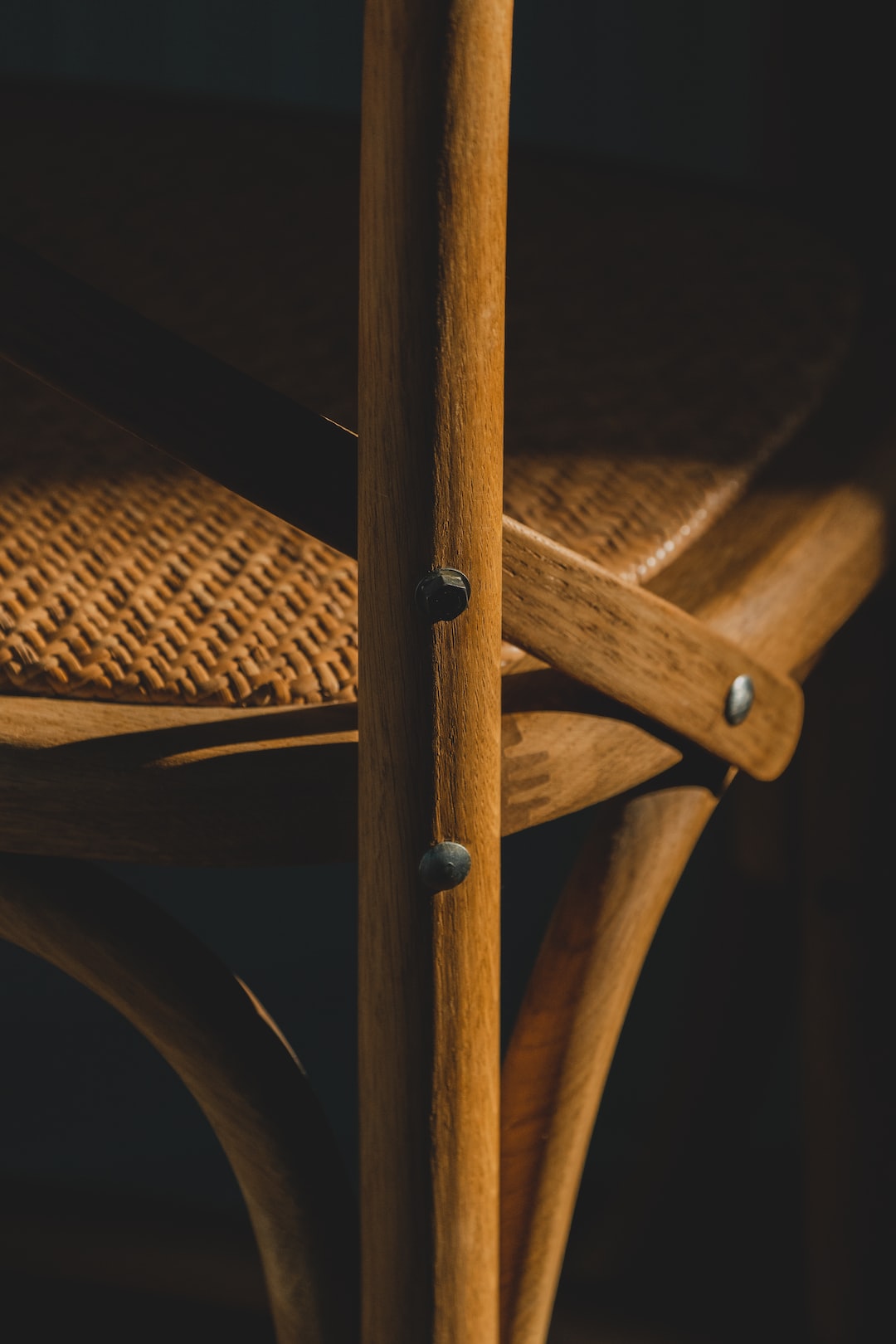How to Make Your Furniture Last: Maintenance Tips and Tricks
Furniture is a significant investment, and we all want it to last for as long as possible. However, regular wear and tear, along with neglect, can lead to a decline in its condition. The good news is that there are several maintenance tips and tricks that can help you prolong the life of your furniture and keep it looking as good as new. In this article, we will explore some of these techniques and provide you with expert advice on how to maintain your furniture for years to come.
1. Clean your furniture regularly: Regular cleaning is an essential part of furniture maintenance. Dust and dirt can accumulate on its surface and cause scratches or dullness. To prevent this, use a soft cloth or a vacuum cleaner with a brush attachment to remove any dust or debris. Be sure to reach all the nooks and corners, as these are often the most neglected areas. Additionally, take care not to use abrasive cleaners, as they can damage the furniture’s finish. Instead, opt for gentle cleaning solutions or mild soap mixed with water.
2. Protect your furniture from sunlight: Exposure to sunlight can cause your furniture to fade and discolor. To prevent this, try to position your furniture away from direct sunlight or use curtains and blinds to block harmful UV rays. If it’s not possible to avoid sunlight altogether, consider using window film or UV-blocking coatings. Additionally, rotating your furniture periodically can help ensure even fading and prolong its overall lifespan.
3. Use coasters and placemats: Drinks, hot plates, and other objects can leave unsightly stains or burns on your furniture’s surface. To protect it, always use coasters and placemats. These simple accessories can safeguard against spills, heat damage, and scratches, thereby extending the life of your furniture. Make it a habit to place coasters under drinks and placemats under plates, bowls, and serving dishes.
4. Avoid dragging or pushing furniture: Moving furniture by dragging or pushing it across the floor can cause scratches and damage. To minimize the risk, lift and carry the furniture whenever possible. If you need to move a heavy piece, use furniture sliders or protective mats underneath to prevent friction and scratches. Taking this small precaution can go a long way in preserving your furniture’s appearance and integrity.
5. Treat stains promptly: Accidental spills and stains are almost unavoidable, but how you handle them can make a significant difference. When a spill occurs, act quickly by blotting the area with a clean cloth or paper towel. Avoid rubbing, as it can spread the stain further. For more stubborn stains, consult the furniture’s care instructions or seek professional help if necessary. The key is to address stains as soon as possible to prevent them from settling into the fabric or wood.
6. Maintain proper humidity levels: Extreme changes in humidity can affect the structure and integrity of your furniture. Wood, in particular, is susceptible to expanding and contracting with fluctuations in humidity levels. Invest in a humidifier or dehumidifier to maintain a stable humidity range (ideally around 40-50%) in your home. This can help prevent warping, cracking, and other damage caused by excessive moisture or dryness.
7. Regularly rotate cushions and upholstery: Frequent use of sofas and chairs can lead to uneven wear and tear on cushions and upholstery. To promote even aging and maintain their shape, periodically rotate the cushions and upholstery. This step will help distribute the pressure and prevent certain areas from deteriorating faster than others. Consult your furniture’s care instructions for specific guidance on how to rotate cushions and maintain upholstery.
8. Avoid placing heavy objects on delicate surfaces: Placing heavy items, such as large vases or bulky electronics, on delicate surfaces can lead to dents, marks, and even structural damage. Be mindful of the weight and distribution of objects on your furniture, and consider using protective pads or mats underneath heavy items to prevent indents. By taking this precaution, you can preserve the beauty and longevity of your furniture.
In conclusion, making your furniture last requires consistent care and attention. By following these maintenance tips and tricks, you can significantly extend the life of your furniture and enjoy its beauty for years to come. Remember to clean regularly, protect from sunlight, use coasters and placemats, avoid dragging or pushing, address stains promptly, maintain proper humidity levels, rotate cushions and upholstery, and be cautious when placing heavy objects. With a little extra effort, your furniture can remain in excellent condition and continue to bring comfort and style to your home.

